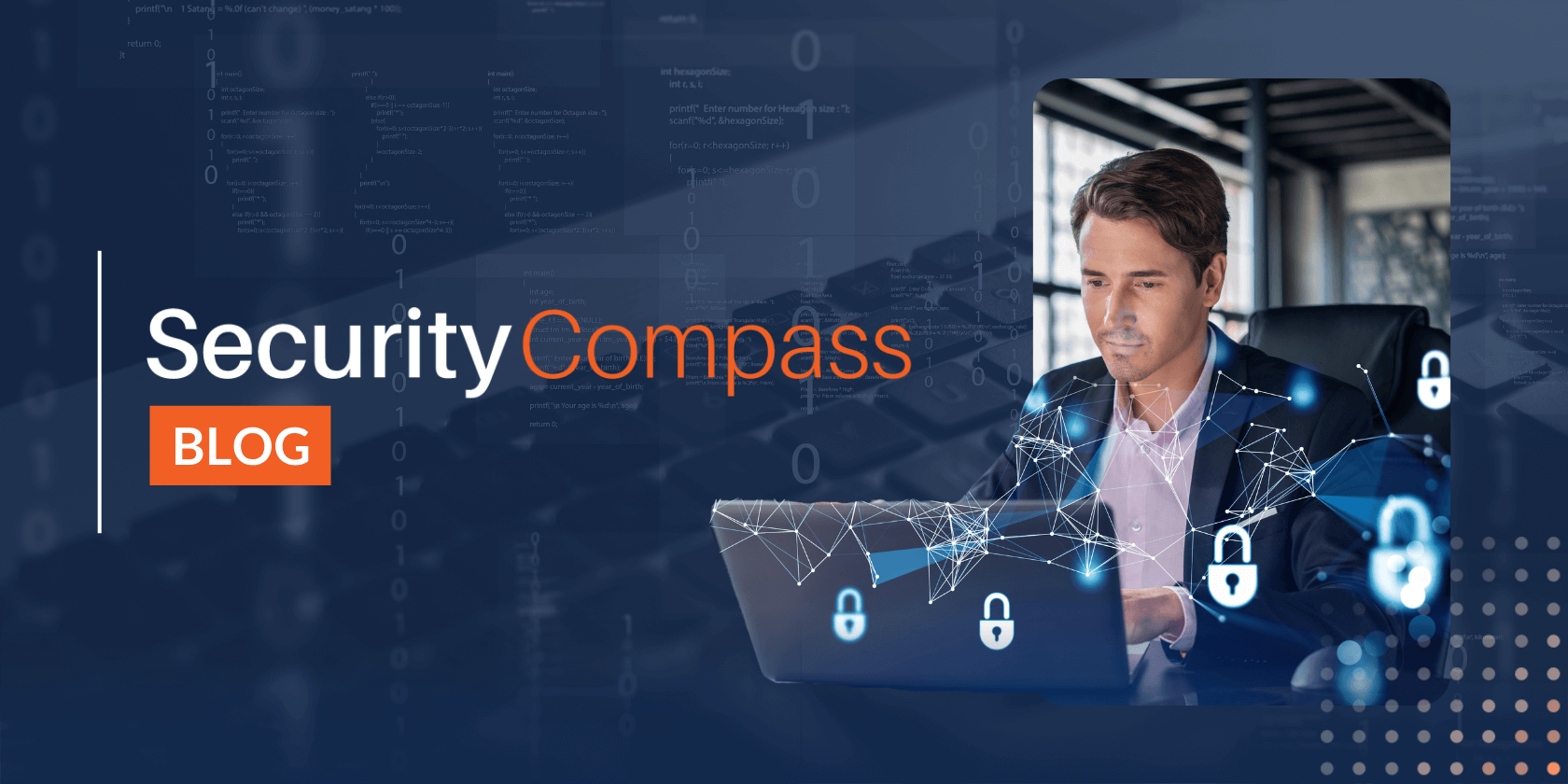DevOps is a cultural and technical shift that integrates development with operations and security, and it has changed how developers build, test, deploy, and maintain software. It’s necessary to think of security as a fundamental component of the DevOps cycle because unless security is built into the cycle at the earliest stages, the resulting vulnerabilities can be costly to rectify. SD Elements, the leading Application Security Requirements and Threat Management (ASRTM) platform, is increasing its coverage of DevOps security with an OpSec track to create a holistic solution that continues to safeguard software from known threats, but now extends its protection to the production environment.
DevOps meets development goals faster
The adoption of Agile and DevOps is increasing because of its effectiveness in aligning the goals of development and operations teams to release features faster and remain competitive. With development proceeding faster than ever, operations needs to work in tandem to ensure that teams can both release high quality software while deploying and maintaining it with the same excellence.
The DevOps Handbook highlights the advantages of unifying development and operations teams not only to speed up development and deployment to meet business needs, but also to increase service levels to meet customer needs. This is possible by automating manual work with continuous integration and deployment.
Previously, we demystified the benefits of CI/CD as a DevOps framework, and outlined how it’s essential in creating an automated feedback mechanism that can verify new code and assure that it’s ready for production. These processes lead to improved deployment frequency, faster time to market, lower failure rate, shortened lead time between fixes, and faster mean time to recovery.
While responding quickly to changing environments is an indispensable competitive advantage, even the most efficient process is rendered immobile in the event of a security breach.
Securing DevOps secures your business
Operations security aims to protect the production environments of your software, typically known as the Configuration & Deployment stage of the DevOps cycle. This involves threat modeling, risk assessment, and the automation of security tasks for infrastructure and deployment management tools. By spending less time on these processes, organizations are moving faster; however, as we previously explored, they may find it challenging to manage security.
Businesses are increasingly leveraging the swiftness of DevOps to release more frequently and reduce downtime. End-to-end, DevOps can only accelerate an organization if it has the assurance that its products are secured against the gamut of vulnerabilities that are affecting even the largest businesses today. Evoking efficiency without security can not only result in costly remediation, but unendurable damage resulting from data breaches.
SD Elements, the leading Application Security Requirements and Threat Management (ASRTM) solution, builds these security processes into the DevOps cycle, and now protects cloud-based infrastructure tools like Amazon Web Services with industry-standard benchmarks from the Center for Internet Security®.
Bringing it all together
SD Elements can be used to manage the security requirements of deployment configuration settings alongside the requirements for the application itself to achieve DevSecOps. DevSecOps integrates security into the phases of development and deployment to shift security left and reduce the time and money spent on repairing issues that can be addressed earlier in the cycle.
Removing the wall between Development and Operations to form DevOps necessitates two streams of protection. By ensuring this protection at the earliest stages, we can build security into the tools we use in the DevOps pipeline so that businesses can move forward with the same priority of releasing at a competitive rate as safeguarding those releases and the customers who rely on them.
Our OpSec content is available for a limited time at no extra charge for current SD Elements users and new customers who sign up by the end of 2017. OpSec content will incur additional license fees for customers signing up in 2018 and on.
To learn more about our OpSec content and this special offer, contact one of our representatives here.
